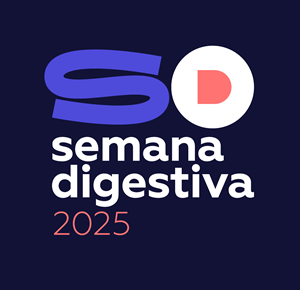Material and Methods:A CNN was developed based on a total of 890 CE images (180 images containing gastric protruding lesions and 710 showing normal mucosa). Training (80%, n=712) and validation (20%, n=178)) datasets were constructed. The output provided by the network was compared to a consensus classification provided by two gastroenterologists with experience in CE. The sensitivity, specificity, accuracy, positive predictive and negative predictive values (PPV and NPV, respectively) and area under the curve (AUC) were calculated.Results: After optimizing the architecture of the network, our model automatically detected gastric protruding lesions with an accuracy of 93.8%. Our CNN had a sensitivity, specificity, PPV and NPV of 83.3%, 96.5%, 85.7%, and 95.8%, respectively. The CNN analyzed the validation dataset in 3 seconds, at a rate of approximately 56 frames per second.Conclusions: Our pioneerCNN detected gastric protruding lesions with high accuracy. The development of these systems may boost the diagnostic efficiency of CE for the detection non-small bowel lesions, thus expanding the indications for its use.

 Semana Digestiva 2025 | Todos os direitos reservados
Semana Digestiva 2025 | Todos os direitos reservados